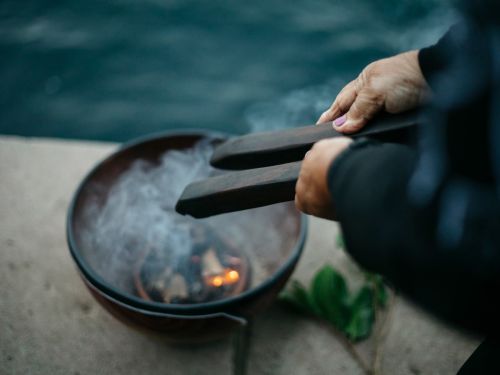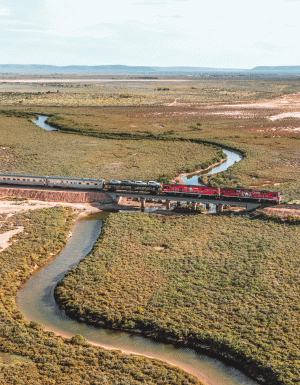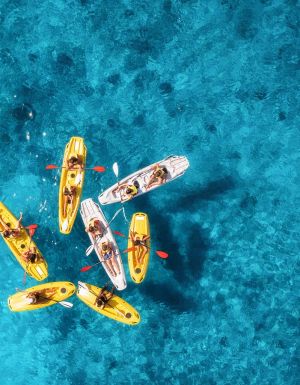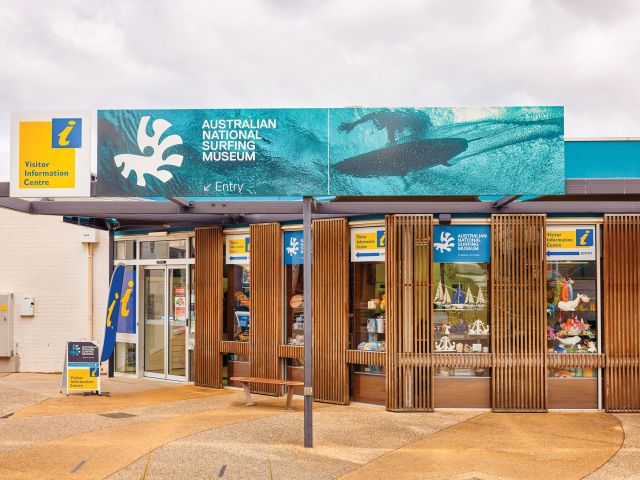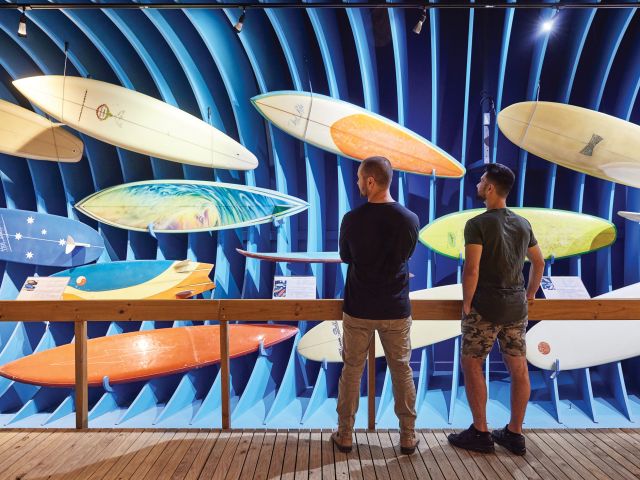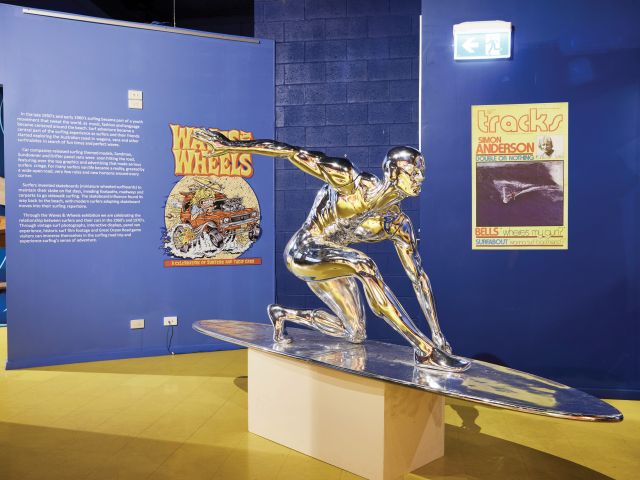Let’s take a look back – and forward – to see how travelling Australia has evolved over nearly two decades of exploring our nation.
To mark 100 editions of Australian Traveller, co-founder Quentin Long sat down with Tourism Australia managing director Phillipa Harrison to discuss what has (and has not) changed in travel in Australia from the year the magazine launched in 2005 to today and beyond.

Quentin Long: So, in 2005 I was panicking about launching a new domestic travel media brand. What were you doing?
Phillipa Harrison: I was working for an Accor start-up in the youth hostel space called Base Backpackers. It was capitalising and corporatising the concept of ‘flashpackers’. That was so fun. I was the third employee onboard and we set up 11 hostels in 18 months. And backpacker bars, and a travel agency…
QL: So Jägerbombs at the bar with Pip?
PH: Maybe [laughs].
QL: Do you think Covid has given domestic travellers a greater appreciation for this country? I always hoped it would create a new habit for Aussies. So, for example, instead of going overseas every year, you go every two years.
PH: I do think Australians worked out over Covid that our own backyard is pretty damn special, so I would agree with you. Interestingly though, what appealed to people about Australia 50 years ago and what’s going to appeal to people about Australia in 50 years are similar things… our great natural landscapes… our great food and wine. Actually, 50 years ago, maybe not [laughs]. There’s another big change – food. I remember meeting a German woman who came to Australia in the 1970s and said she could not believe how limited this country was from a food point of view.

QL: [Laughs] I believe you got a hardship allowance if you were a French diplomat posted to Canberra in the 1950s and ’60s. How French. “You have to endure meat and potatoes every meal. Sacre bleu."
PH: Fast-forward to today and we have multicultural cuisine, but we also have this incredible produce and the people who produce it telling stories about the provenance. Our research tells us that travellers are blown away by our food.
QL: Totally. By the way, I reckon it’s hard to have a bad meal in Canberra today. Part of the food story is where it comes from and, for me, regional Australia is the biggest improver since 2005.
PH: You think about going to somewhere like Orange in 2005 versus going there now and you have gourmet meals, great experiences, beautiful boutique accommodation. It really is chalk and cheese and it’s so good to see the regions prospering like that.
QL: Orange is an easy one. And Mudgee’s another easy one.
PH: The whole of regional Victoria is an eater’s paradise. Beechworth, Metung, Daylesford. The Scenic Rim’s done particularly well. Perth is outstanding. The Peak Trail in the Grampians. That is a beautiful collaboration between councils where they linked up a whole trail of 160 kilometres.
The wine regions have always been our successful regions: think Barossa, Margaret River, the Yarra Valley and Hunter. They’re evolving as well with more experiences around the cellar door that were never there before through things like the Ultimate Winery Experiences Australia and, in particular, its ‘Icons’ series.

QL: The growth in number and quality in luxury product in Australia is remarkable.
PH: Australia only had a few luxury properties in 2005; Lizard Island Resort, Longitude 131° and El Questro. That was about it. Eleven of the 18 luxury lodges have opened since 2005. So, qualia opened, Southern Ocean Lodge, Saffire Freycinet, Wolgan Valley… So, we now have an incredible range of luxury accommodation and experiences.
QL: We did a project with Tourism Australia in 2007 called the 20 Best Indigenous Tours of Australia in a 32-page magazine. We printed it and supplied the content translated in German. But it was never released in Australia. When I tried to have it distributed with Australian Traveller, there was no budget because: “The research shows that the Australian market is not interested in experiencing Indigenous culture." Today that would definitely not be the case.
PH: Totally. That’s a huge change from 2005. I think the Indigenous tourism offering that we have is much more extensive and immersive. It is run by Indigenous people themselves. It gives them an opportunity to live on Country and keep their culture going.

QL: What do you think Indigenous tourism looks like in 20 years?
PH: I hope that as soon as you travel or arrive in Australia, you know that you are on Aboriginal Country. That experience starts at our airports and infiltrates every tourism experience in some way, shape or form for your whole trip.

QL: What would you love every Australian to do?
PH: One of the multi-day walks.
QL: Really?
PH: Yeah. I love, love, love them. They slow you down, you’re not zooming past this landscape, you’re immersed in it and you’re just walking really slowly through it. I actually think they’re largely undiscovered, the Great Walks .

QL: This leads me to something else. One of the great regrets of my life is I didn’t do the Larapinta Trail before my MS got to the stage where I can’t. So, accessible tourism, I think we’ve come a long way. I heard Paralympic Games champion Dylan Alcott speak at the annual Tourism Australia Destination Australia conference this year and it really highlighted the issue for me. He described how he went to Noosa and saw they had beach mats for his wheelchair, and that was the second time he went to the beach in his life. As an Australian, you go, “Um, whaaaat??? An Australian who has only been to the beach twice…" Final question. If you could click your fingers and change one thing in Australia’s travel landscape, what would it be?
PH: That’s a really good question [laughs]. What would you change?
QL: Uh, honestly… I would change our service culture.
PH: See, I don’t think this is too bad.
QL: It’s not terrible, just inconsistent.
PH: Yeah, OK. Something related to that. I want more people to see tourism as a career, like it is in other countries. I have spent my entire career in tourism and I would love for more Australians to do the same, because it is a great industry to be a part of.
